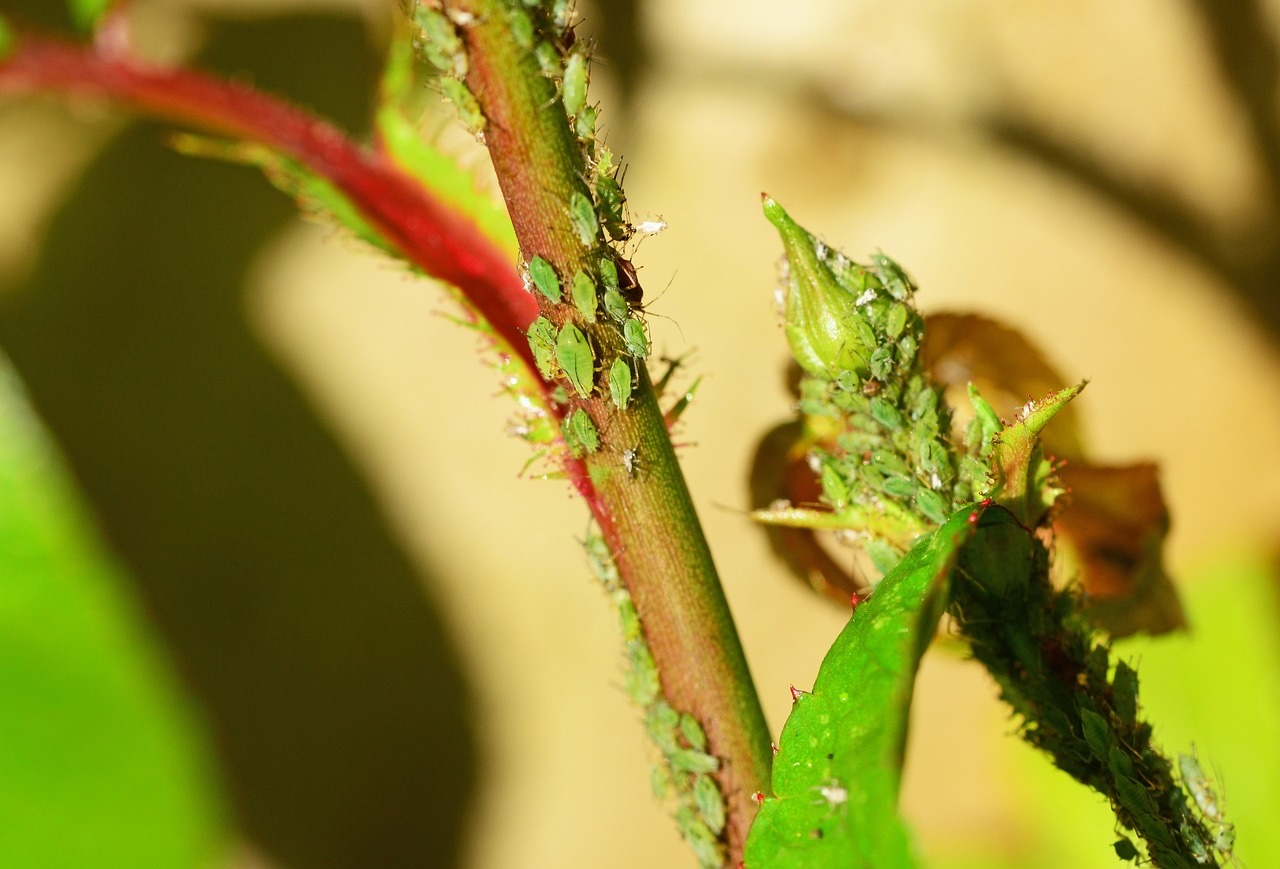Hi @blondie1234
Those would be the exoskeletons of white fly!
Whiteflies are tiny, sap-sucking insects that can be a nuisance in gardens and greenhouses. When they infest plants, they leave behind telltale signs, one of which is their exoskeletons. As they go through their life cycle, whiteflies moult several times. After each moult, they leave behind a white, waxy exoskeleton that clings to the undersides of leaves. This is the why fluff or mould you are experiencing on your Euonymus or Spindle plant.

These exoskeletons are typically small, papery, and almost translucent, often giving the appearance of a fine dust or powder on the leaves. As the infestation grows, these cast-off skins can accumulate, making the plant look as if it's covered in a thin layer of white debris. Spotting these exoskeletons is a clear indicator of a whitefly infestation and the need for immediate pest control measures.
Spindle is an overwintering shrub for Aphids
The life cycle of aphids on spindle shrubs (Euonymus) involves several stages, typically spanning from spring to fall:
1. Egg Stage
In early spring, overwintering eggs hatch into wingless female aphids.
2. Asexual Reproduction
These females reproduce asexually, giving birth to live nymphs without mating. This results in rapid population growth, as multiple generations can occur in a single season.
3. Winged Aphids
When overcrowding or environmental conditions necessitate, some aphids develop wings and migrate to new host plants, spreading the infestation.
4. Sexual Reproduction
In late summer to fall, winged males and females are produced. These mate, and females lay eggs on the spindle shrubs or nearby plants, which will overwinter and restart the cycle in spring.
This continuous cycle can cause significant damage to spindle shrubs by sucking sap, distorting leaves, and spreading plant diseases. You're seeing their mounted exoskeletons, but I would bet money on your other garden plants, in particular lupins and roses, being covered in tiny white flies.
Try a mix of 1 part washing up liquid to 10 parts water and mix in a spray bottle. Spray this on the underside of the leaves if you see black or white flies to kill them as it suffocates them. This should help break the cycle.
Do let us know how you get on.
Lee Garden Ninja
Hi @blondie1234
Those would be the exoskeletons of white fly!
Whiteflies are tiny, sap-sucking insects that can be a nuisance in gardens and greenhouses. When they infest plants, they leave behind telltale signs, one of which is their exoskeletons. As they go through their life cycle, whiteflies moult several times. After each moult, they leave behind a white, waxy exoskeleton that clings to the undersides of leaves. This is the why fluff or mould you are experiencing on your Euonymus or Spindle plant.

These exoskeletons are typically small, papery, and almost translucent, often giving the appearance of a fine dust or powder on the leaves. As the infestation grows, these cast-off skins can accumulate, making the plant look as if it's covered in a thin layer of white debris. Spotting these exoskeletons is a clear indicator of a whitefly infestation and the need for immediate pest control measures.
Spindle is an overwintering shrub for Aphids
The life cycle of aphids on spindle shrubs (Euonymus) involves several stages, typically spanning from spring to fall:
1. Egg Stage
In early spring, overwintering eggs hatch into wingless female aphids.
2. Asexual Reproduction
These females reproduce asexually, giving birth to live nymphs without mating. This results in rapid population growth, as multiple generations can occur in a single season.
3. Winged Aphids
When overcrowding or environmental conditions necessitate, some aphids develop wings and migrate to new host plants, spreading the infestation.
4. Sexual Reproduction
In late summer to fall, winged males and females are produced. These mate, and females lay eggs on the spindle shrubs or nearby plants, which will overwinter and restart the cycle in spring.
This continuous cycle can cause significant damage to spindle shrubs by sucking sap, distorting leaves, and spreading plant diseases. You're seeing their mounted exoskeletons, but I would bet money on your other garden plants, in particular lupins and roses, being covered in tiny white flies.
Try a mix of 1 part washing up liquid to 10 parts water and mix in a spray bottle. Spray this on the underside of the leaves if you see black or white flies to kill them as it suffocates them. This should help break the cycle.
Do let us know how you get on.
Lee Garden Ninja
 Lee Burkhill: Award Winning Designer & BBC 1's Garden Rescue Presenters Official Blog
Lee Burkhill: Award Winning Designer & BBC 1's Garden Rescue Presenters Official Blog



